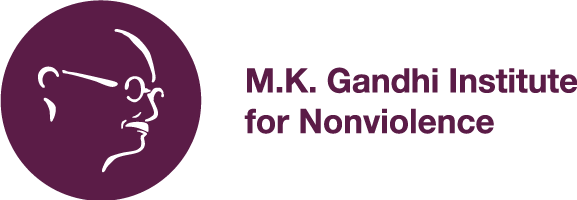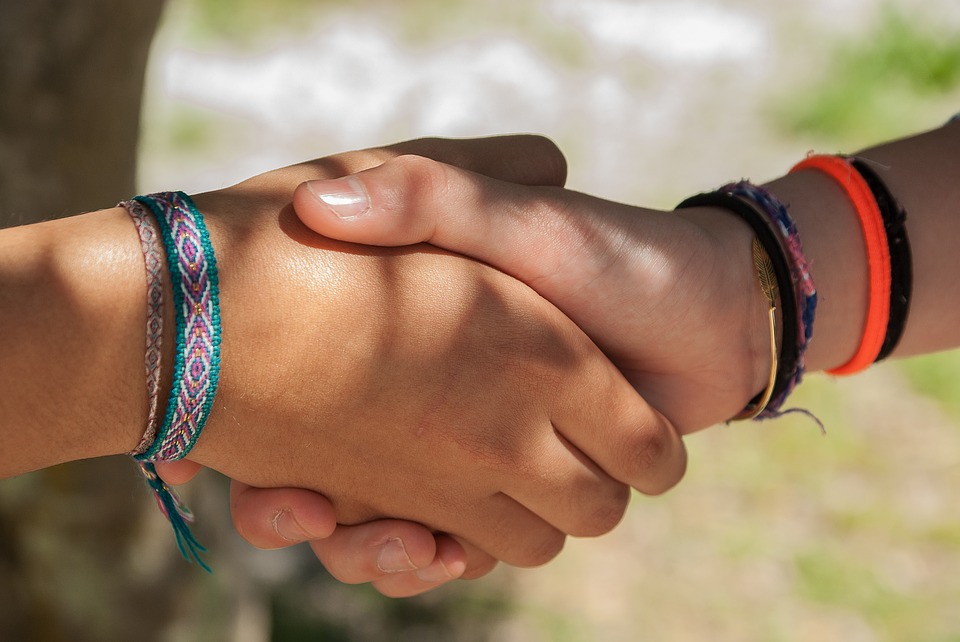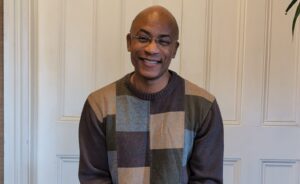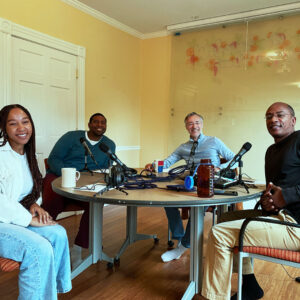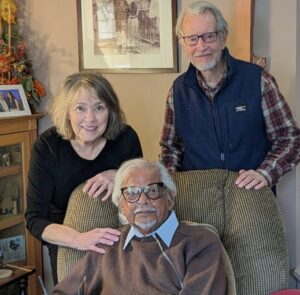Last Wednesday, I tagged along with two members of the Gandhi Institute as they presented a workshop on Restorative Justice for forty Rochester AmeriCorps volunteers. As a volunteer at the Gandhi Institute, I was excited to learn more about Restorative Justice and the everyday use of this practice. This was also part of a healing process for me.
In mid-August, my grandmother and her sister were rear ended by an eighteen-year-old who pulled out of a driveway without looking to see who was ahead of him. Apparently, he only had his license for three days. While my grandmother has now made a full recovery, my great-aunt remained in the hospital for roughly three weeks before passing away. I held her hand while she took her last breath.
I feel a bit hopeless about this situation. An eighteen-year-old made a stupid decision that ended up costing my family in a serious manner. I also feel a sense of loss for this young man, who must live with the fact that his reckless driving resulted in death. Originally charged with failure to yield, I am unsure whether or not this will be reassessed as vehicular manslaughter. The potential charge could be up to a year in jail, which is not a sentence I would want to inflict on this young adult. Our current justice system does not try to rehabilitate offenders through reconciliation with victims and the community at large. Instead, it further divides one another from mutual understanding. I would like for my grandmother and this young man to meet, to discuss why he was distracted and rushing that day, and the emotional toll it has had…on both of them. Unfortunately, the court system has not provided this as an option. How much more suffering must occur? So, this opportunity to learn more about Restorative Justice was one that I was eager to engage with and could approach with a curious mindset.
Attending the presentation was very informative, not only to understand Restorative Justice Practices but also how we can use these methods in daily situations. A few key principles of Restorative Justice include a holistic approach, where participants voluntarily engage with one another to create mutual understanding, and this transforms the negative experience into deeper healing. Even those who are deemed ‘at fault’ have a voice and are heard. From my understanding, there is also an intersection between Restorative Justice and Nonviolent Communication. This approach is crucial because it defuses potential hostility when people are open with one another. It brings people together and furthers mutual understanding rather than continue to tear our communities apart.
The AmeriCorps volunteers are assigned to schools within the Rochester City School District and are facing challenges of how to engage students who are disruptive in their classes. What are the needs of these students that are causing them to act out? How can we, as adults, demonstrate our humanity and give them a voice? Are we capable of feeling vulnerable, to take the risk and advocate in ‘radical’ ways for our students? I say ‘radical’ because our current institutions – schools, court systems, etc. – are unwilling to engage one another in this manner. Instead, we throw the disruptive student out of class; we write off the eighteen-year-old as a horrible person and when we do this, we cut off a piece of ourselves: our humanity, our ability to communicate and understand one another. And the outcome is that we are unable to truly heal. For me, this workshop was a beginning step of restoring hope and balance to broken systems by shifting the manner in which we operate and interact with one another.
